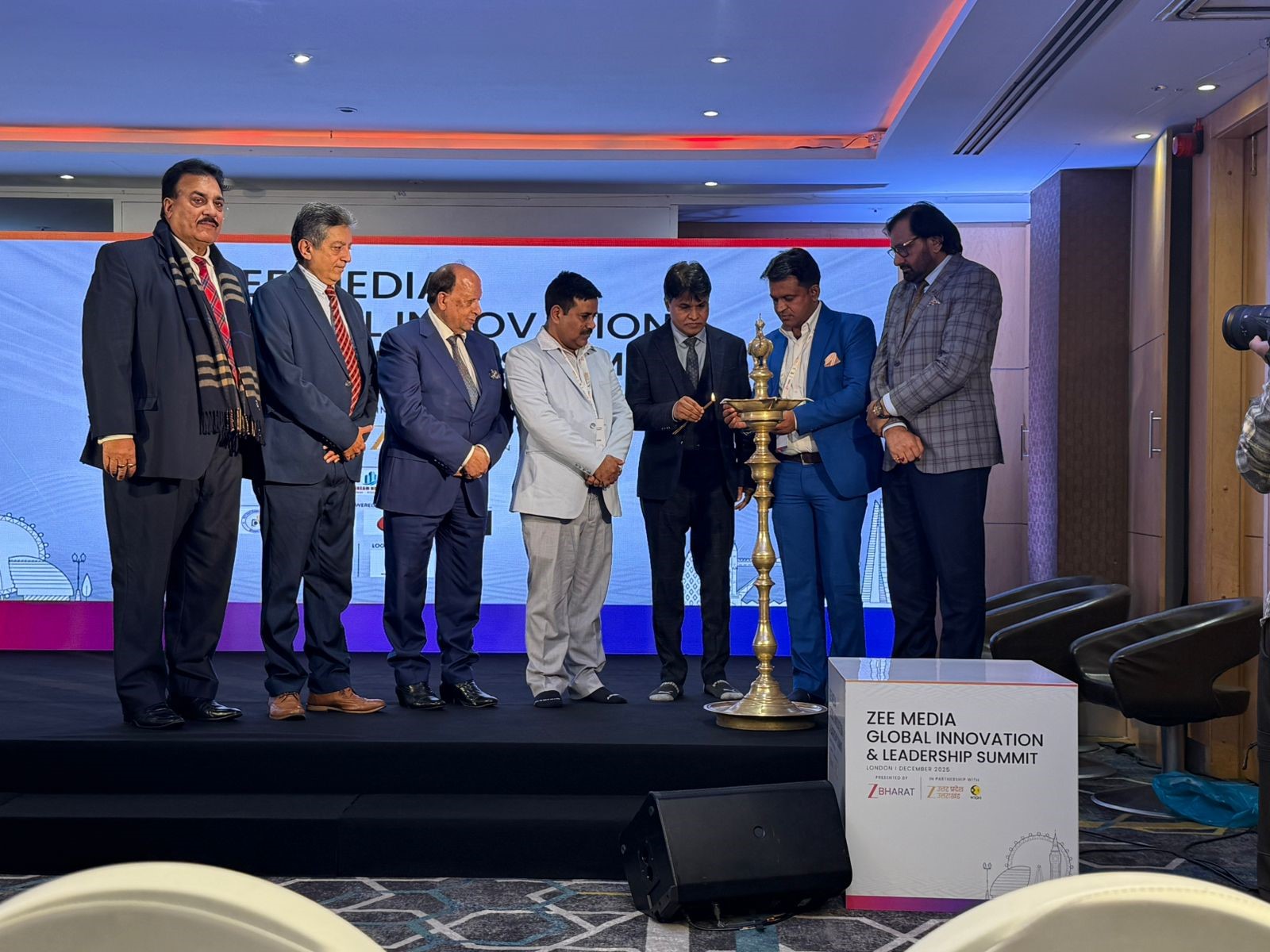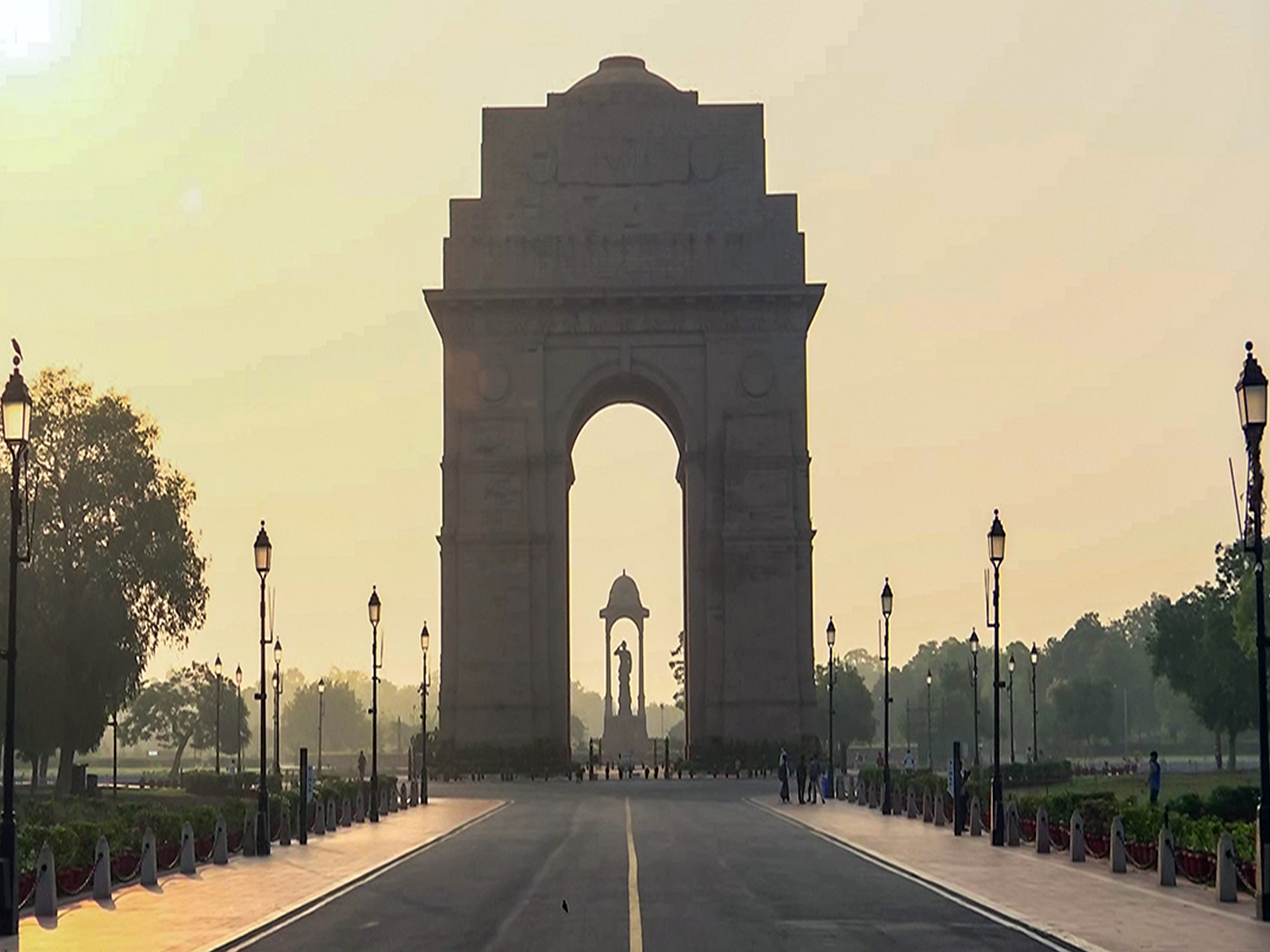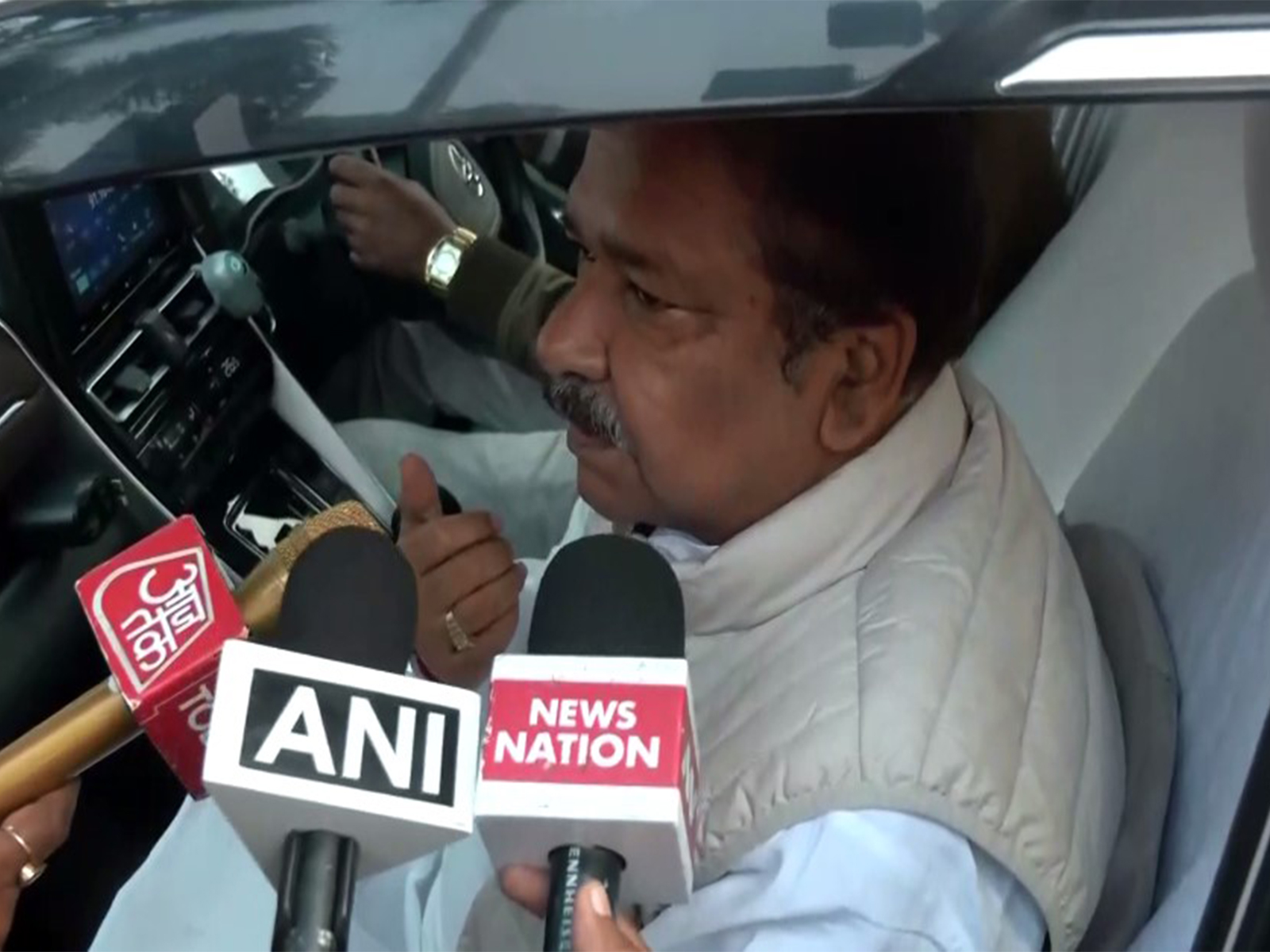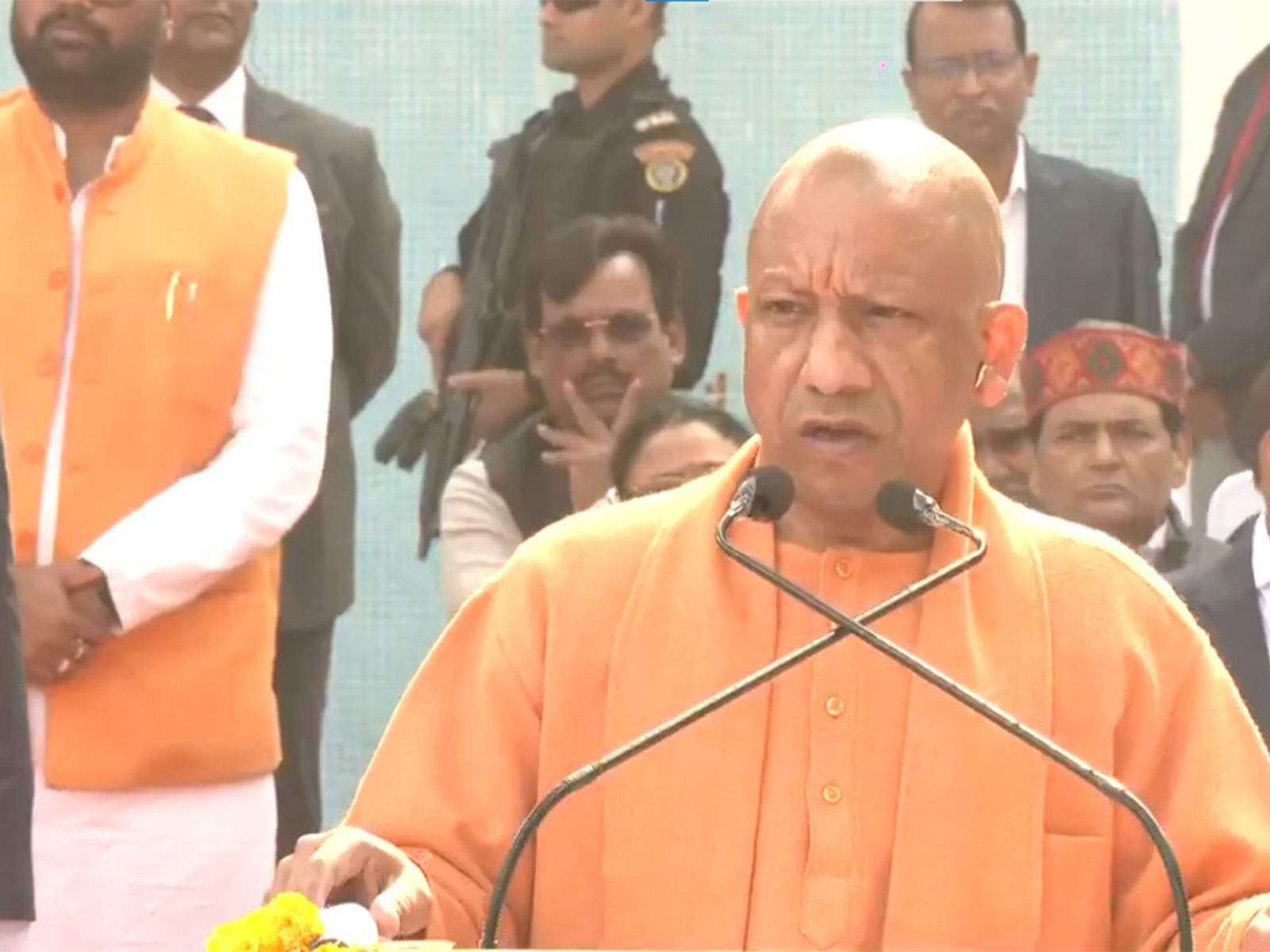Domestic demand for steel soars in India, country turns net importer in fiscal year 2024: CRISIL Report
Jun 20, 2024

New Delhi [India], June 20 : In a shift from its status as a net exporter of steel since fiscal 2017, India has become a net importer in fiscal 2024, recording an overall steel trade deficit of 1.1 million tonnes (MT), according to a CRISIL report.
The development highlights a dynamic change in the country's steel trade landscape, largely influenced by surging domestic demand and increased imports from major steel-producing nations.
India's imports of finished steel reached 8.3 MT in fiscal 2024, marking a substantial 38 per cent increase year-on-year. The primary contributors to this surge in imports were China, South Korea, Japan, and Vietnam. Chinese steel imports alone accounted for 2.7 MT, while South Korea and Japan exported 2.6 MT and 1.3 MT of steel to India, respectively.
Notably, imports from Vietnam surged by a staggering 130 per cent on-year, positioning Vietnam as a significant steel exporter to India and reversing its previous status as a major importer of Indian steel.
The influx of steel product imports has outpaced India's export growth. Despite a 11.5 per cent increase in exports of finished steel, totalling approximately 7.5 MT in fiscal 2024, the surge was insufficient to offset the growing volume of imports.
The increase in exports came from a low base and was mainly bolstered by the latter half of the fiscal year, particularly the last quarter, where exports rose by 37 per cent year-on-year.
The European Union (EU), India's largest export market for steel, presented a mixed scenario. Exports to the EU increased by 51 per cent in fiscal 2024, contributing to 36 per cent of India's overall steel export basket.
This rise came after a challenging first half of the fiscal year 2023-24, where exports had declined, only to recover strongly in the latter half.
The fourth quarter saw a notable 37 per cent increase in exports to the EU compared to the previous year. Despite this recovery, the competitive pressures from Chinese steel in the global market have significantly affected India's export potential.
China's aggressive export strategy has been a key factor negatively impacting India's steel exports.
The Chinese steel industry, known for its overcapacity, has increasingly targeted international markets, including India's key export destinations, with competitively priced steel, putting pressure on Indian exports.
Despite the challenges on the export front, the Indian steel industry has been buoyed by strong domestic demand. India's steel consumption saw a healthy growth of 13.6 per cent in fiscal 2024, reaching 136 MT.
This growth reflects the country's ongoing infrastructure expansion and the vibrant development in related sectors.
The increased domestic demand is a positive indicator for the steel industry, underscoring the robust economic activities and government-led infrastructure projects that are driving steel consumption.
Concurrently, finished steel production in India increased by 12.7 per cent year-on-year, reaching 139 MT.
This production growth has been supported by favourable government policies and substantial investments in the expansion of steel production capacities.
These investments have not only boosted production but have also ensured a steady supply of steel to meet the rising domestic demand.
The transition from a net exporter to a net importer of steel presents both challenges and opportunities for India.
The need to manage the inflow of cheaper imported steel while bolstering domestic production and maintaining export competitiveness will require strategic adjustments.
Policymakers and industry stakeholders must navigate these dynamics to sustain growth and strengthen the country's position in the global steel market.
















